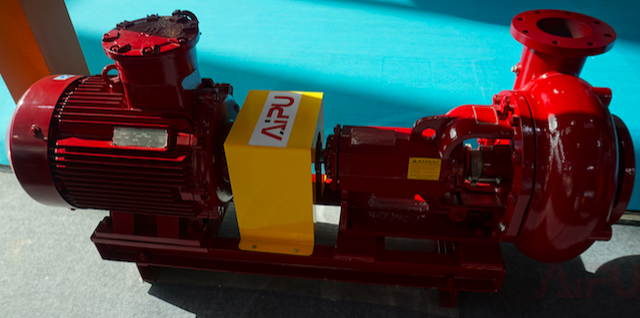Centrifugal pumps are fluid transfer device and the power supply in whole drilling fluid system. In solids control, the hydrocyclones request centrifugal pump to feed drilling mud and the mixing hopper will need pump to provide power and pressure finalize the blending
Standard centrifugal pumps are not self-priming and require the fluid end to be primed prior to activation. This can be accomplished by installing the pump in a location that provides a flooded suction or by using a device to prime the pump. Once the pump casing is full of fluid, it can then be energized. Running a pump dry or restricting suction flow can severely damage the fluid end, mechanical seal, or packing. The designs of self-priming pumps result in turbulent flow patterns, which cause excessive wear during pumping of abrasive fluids and increase operating costs. The drilling industry avoids using self-priming pumps due to increased downtime and costs.

Once a pump is primed and then activated, suction head at the eye of the impeller drops. Actual positive suction head required at the eye of the impeller to prevent cavitation varies by centrifugal pump size and flow and is noted on pump curves as NPSHR. When this suction-head drop occurs atmospheric pressure pushes on the liquid surface and forces it into the pump suction. As fluid enters the pump, the impeller accelerates it. The diameter of the impeller and the rpm at which the impeller is rotated directly affect the velocity of the fluid. The casing of the pump contains this velocity and converts it into head. Casing size and impeller width control the volume that the pump is able to produce.
Usually, we just use the horizontal centrifugal pump. Some users will prefer the pump driven with belt. That will be a bit different on pump appearance and save more space. Ainu welcome you to ask any question.